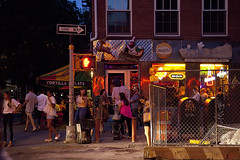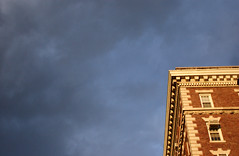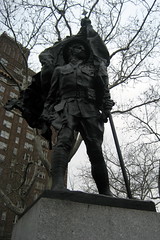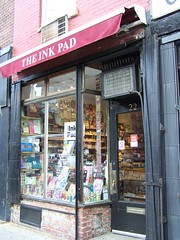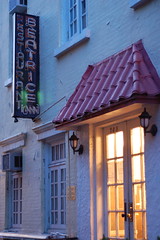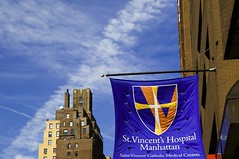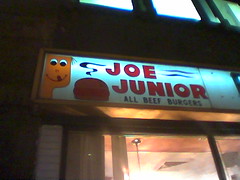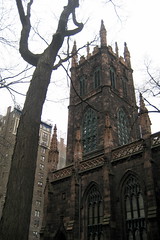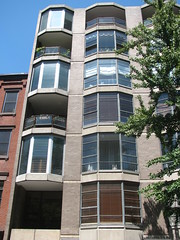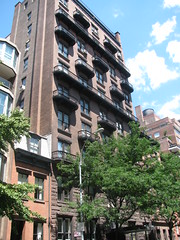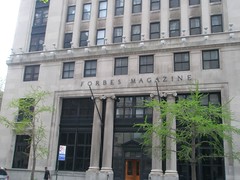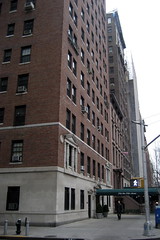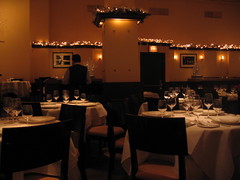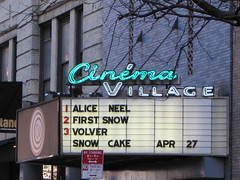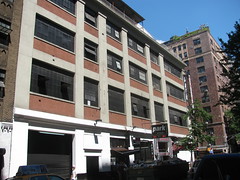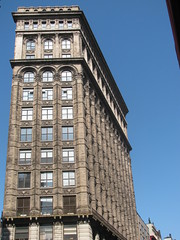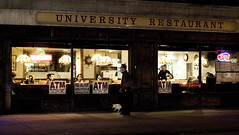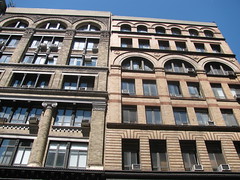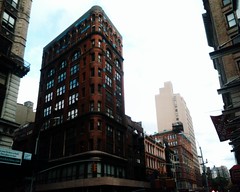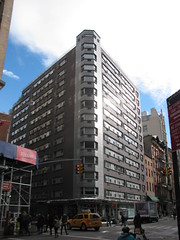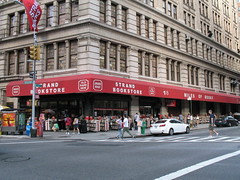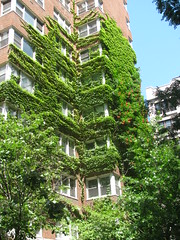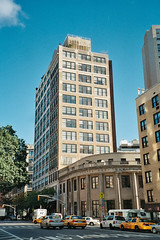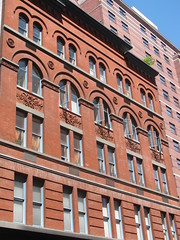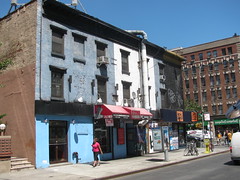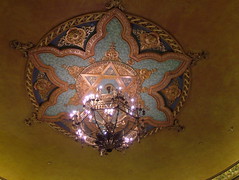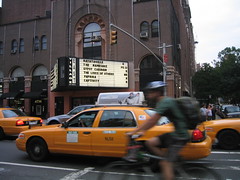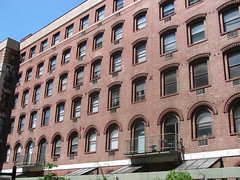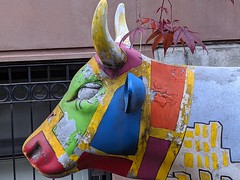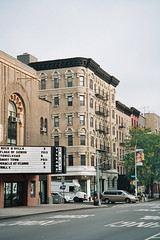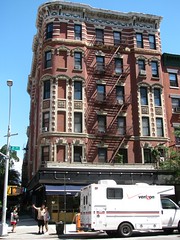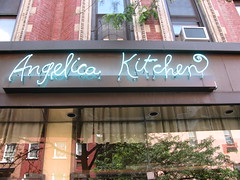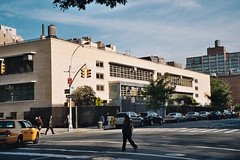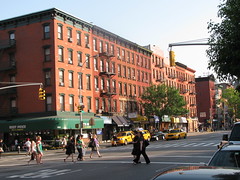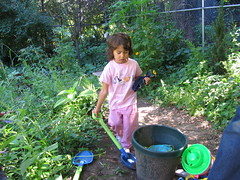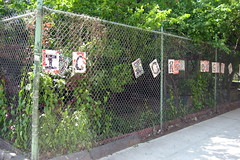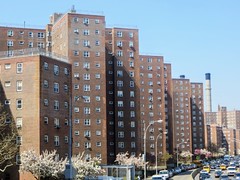North:
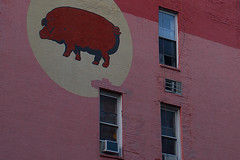
Corner (192 2nd): Twelth Street Ale House,
in a building with a big pig painted on it,
was the gay Dick's Bar, and earlier La
Bamba, Slugger Ann's.

303: Sweet little courtyard--unfortunately
closed to the public.
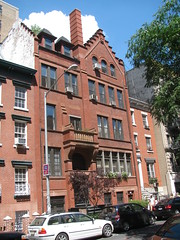
307: This Dutch-looking building, landmarked in 2008,
was built in 1892 as the
Elizabeth Home for Girls,
a project of the
Children's Aid Society that taught
laundering, typing and dressmaking to orphans.
It is attributed to Calvert Vaux, co-designer
of Central Park, though Vaux's colleague
Nicholas Gillesheimer may have done more of
the actual design. In 1930 it was bought by
"natural medicine" advocate Benedict Lust,
and from the 1940s through the 1970s it
housed troubled young women for the
Florence Crittenton League. Converted to
condos in 1982.
331: Sirovich Senior Center, the
second-oldest senior center in New York City
There used to be a cemetery on this block that
was the hangout of a gang led by Humpty Jackson,
noted both for his erudition and his dangerous temper.
"He carried no less than three revolvers, one in
his pocket,
another slung under his hump, and a third in a
special rack built into his derby hat," reports
The Gangs of New
York. "With Jackson sitting on a tombstone
like a crooked little gnome...his followers
disposed themselves upon the graves."
One of the gang members, Spanish Louie--who
dressed all in black, including his sombrero--was
found shot to
death on this street near Second Avenue.
343: Was Evil Sugar Boutique
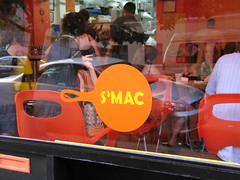
345: S'Mac, mac and cheese,
was Bent Fish Editions,
designer T-shirts and voodoo dolls
349: Room Service, Thai, was
United Noodles, multi-ethnic;
Una Pizza Napoletana, a contender (says
Time Out) for the city's best pizza.
(Was La Bella.)
351: Leon, well-faked French
Corner: Fuji Apple deli is my local
bodega of choice.
| 